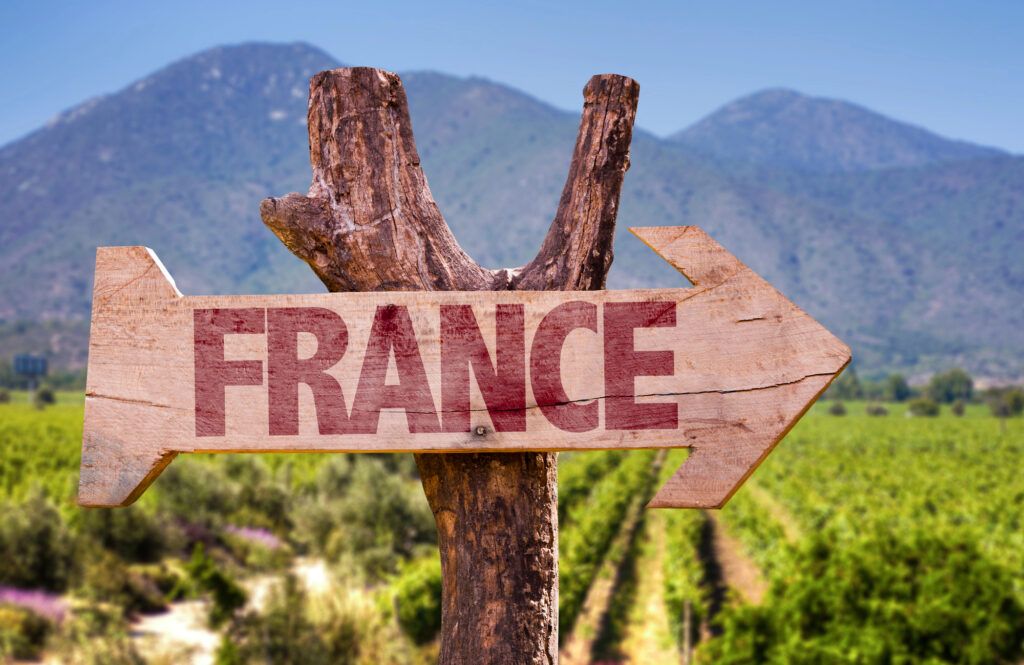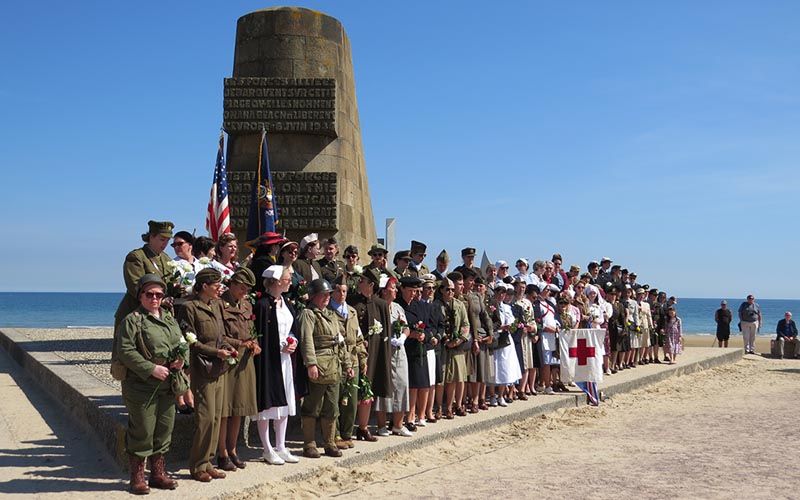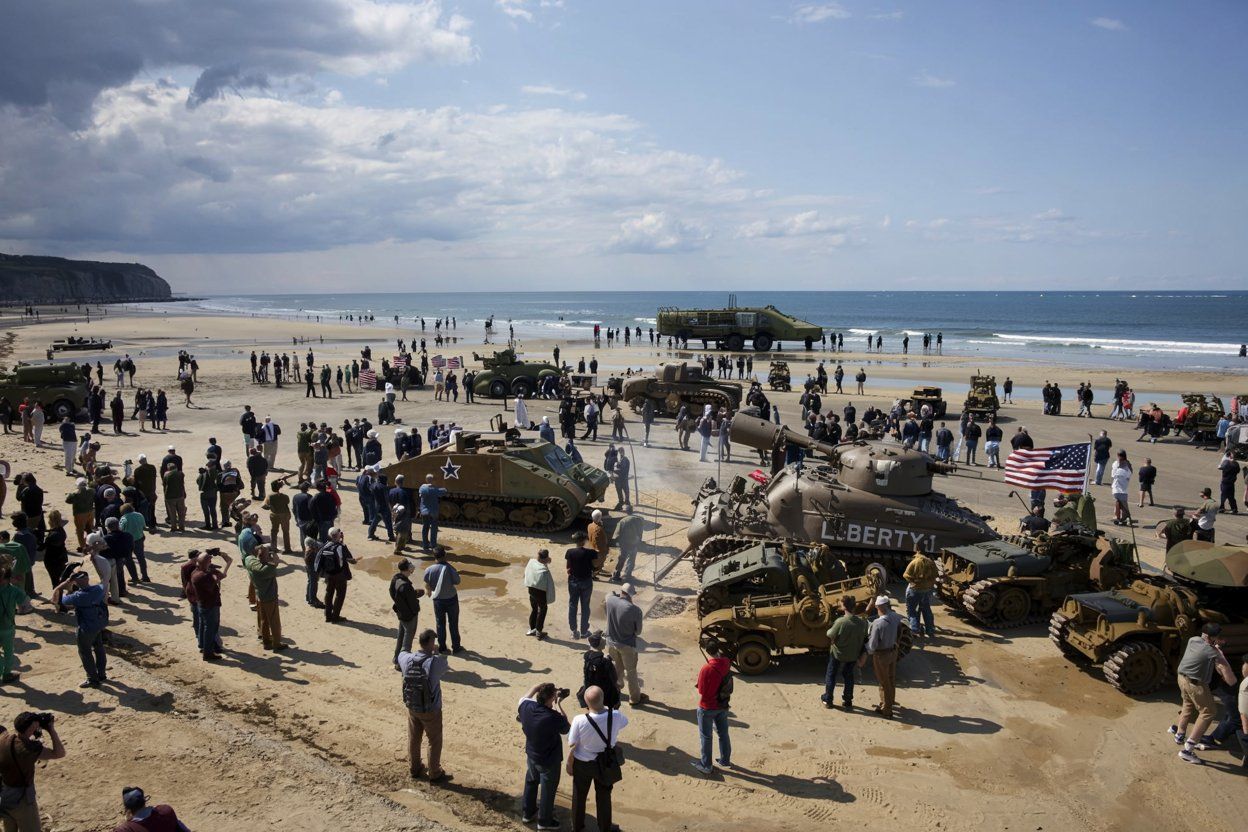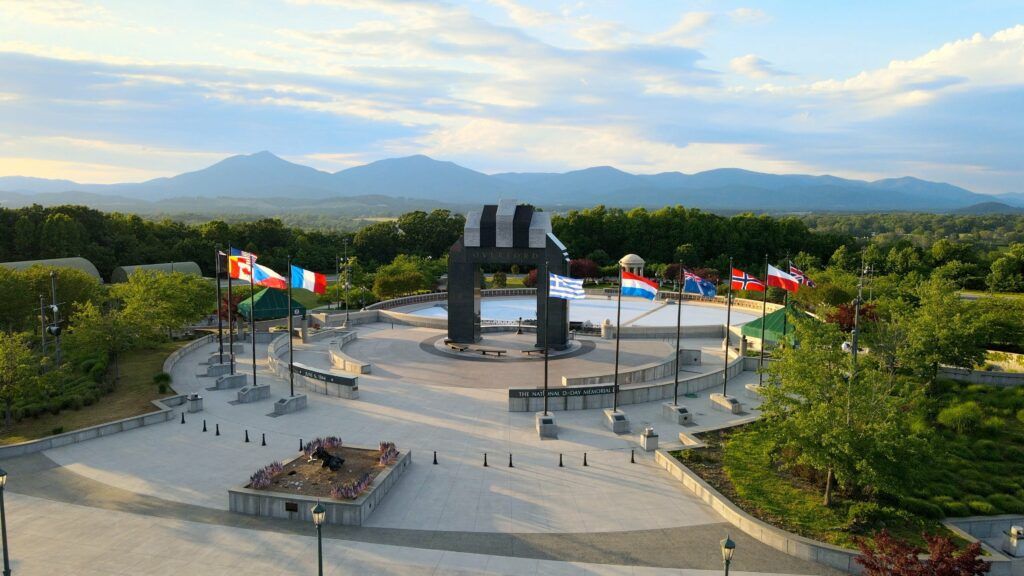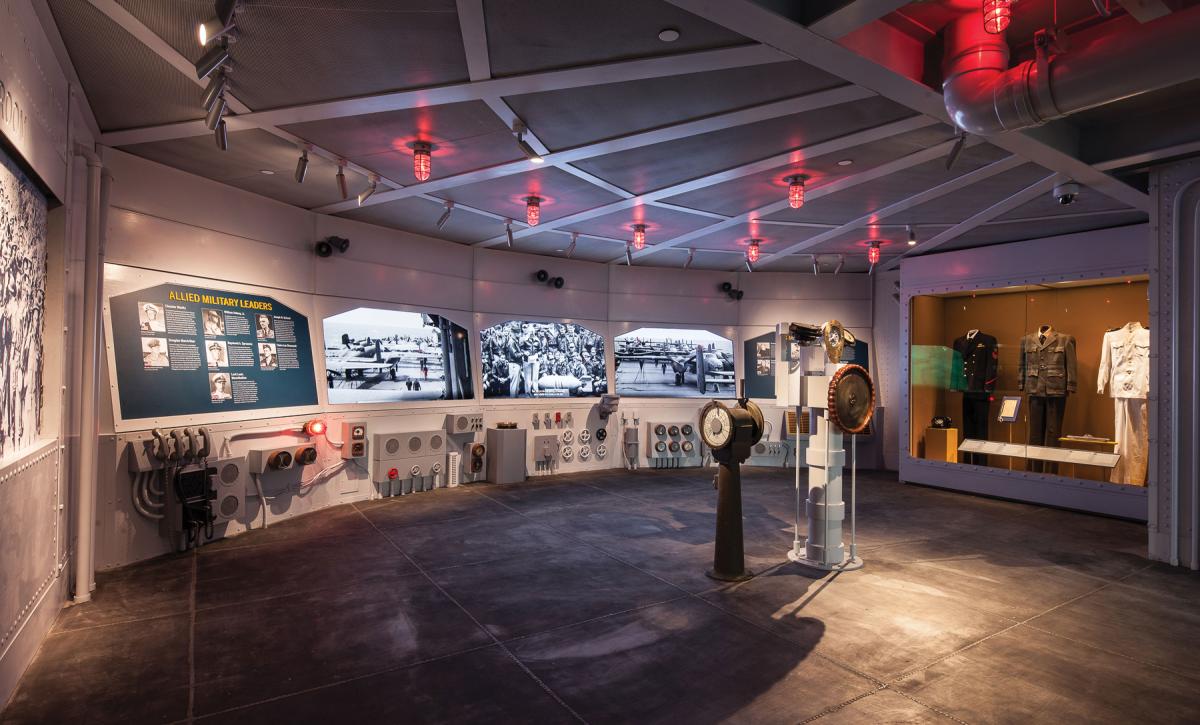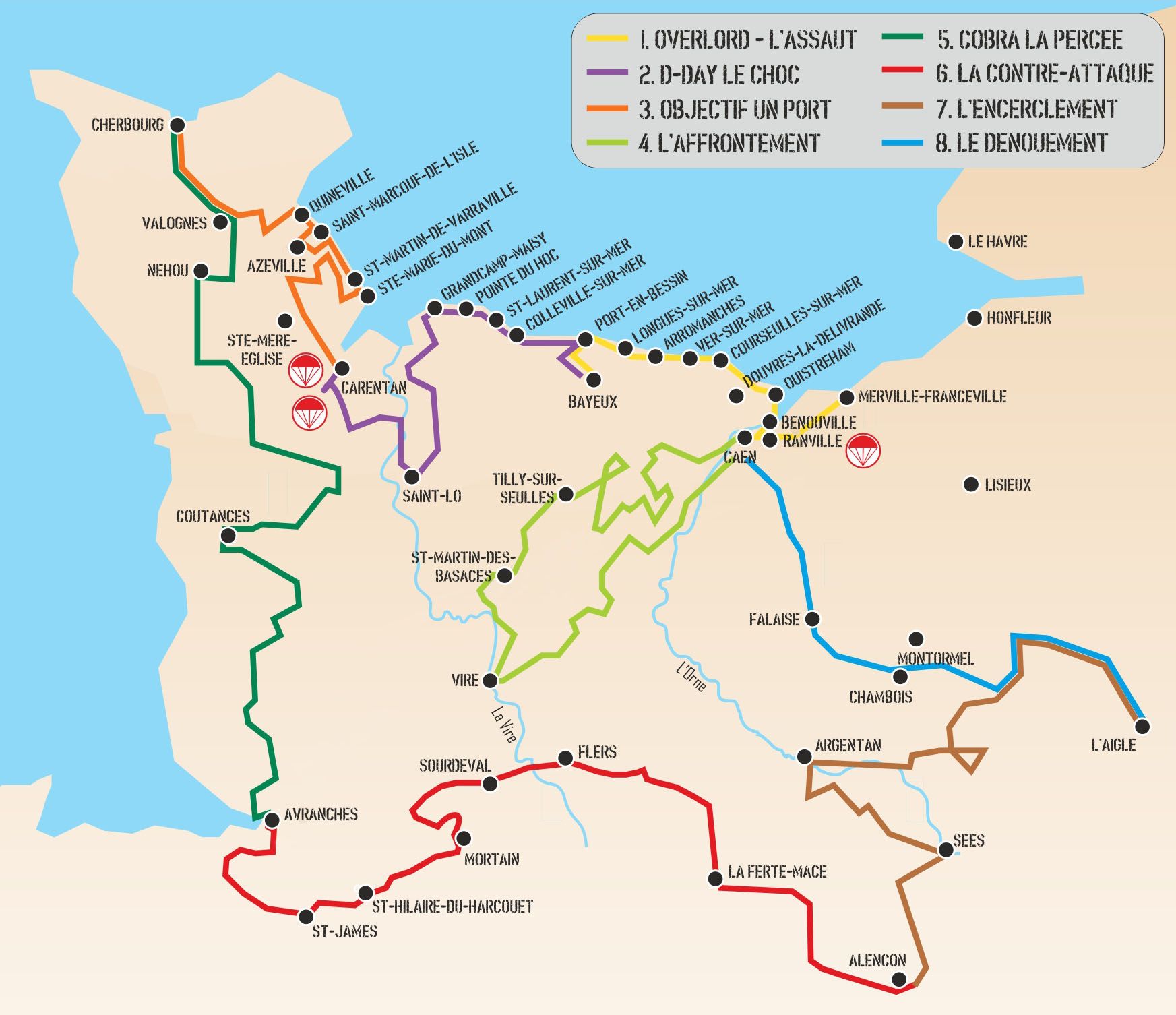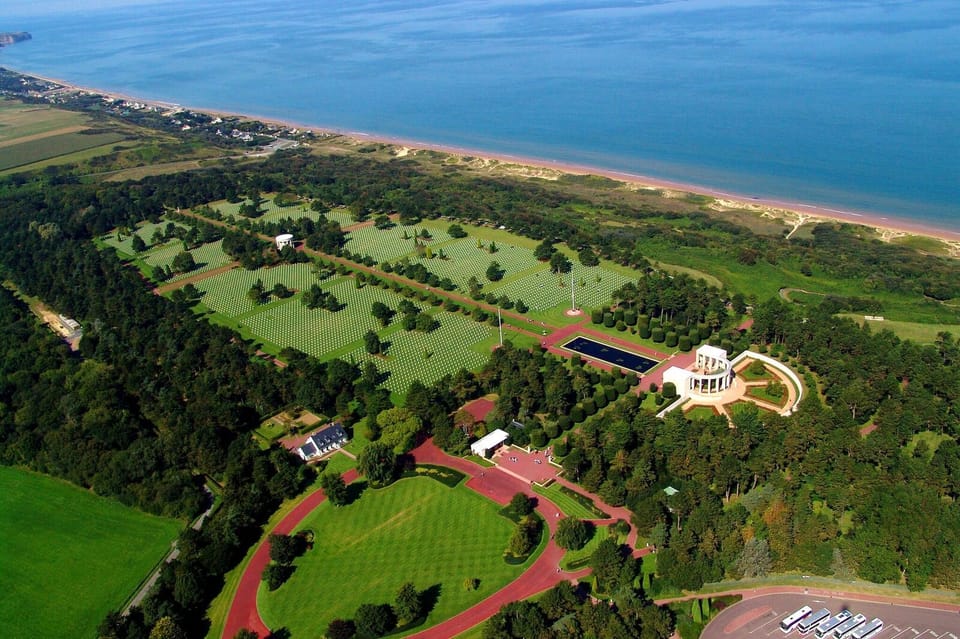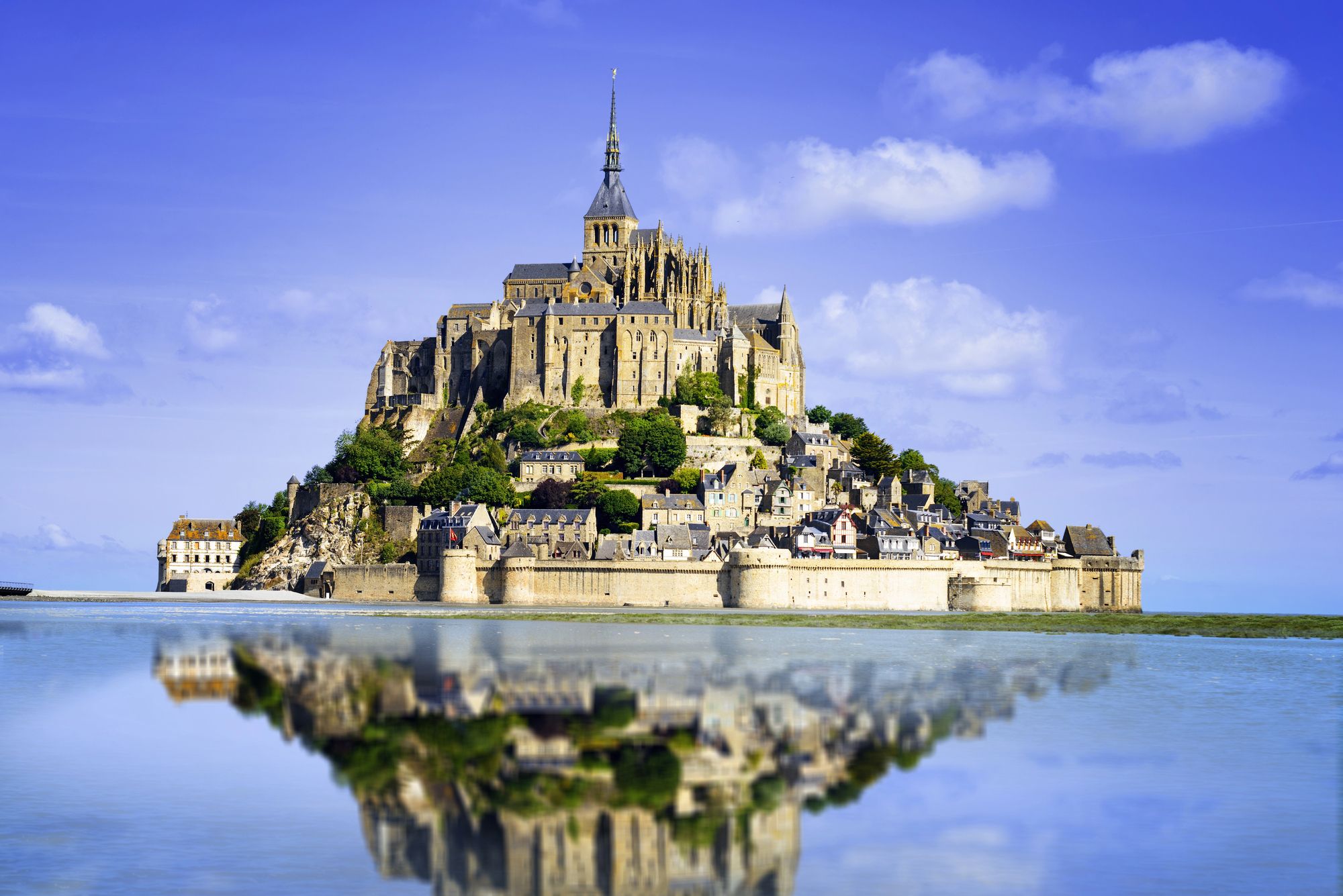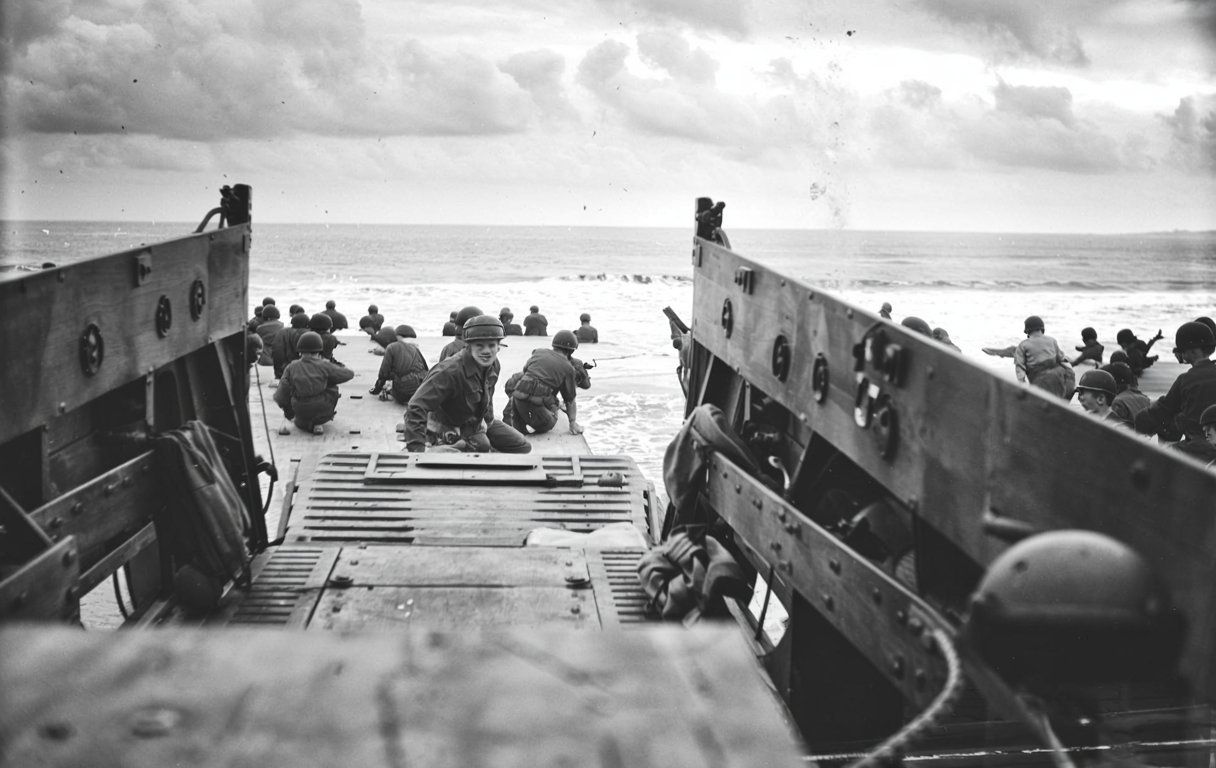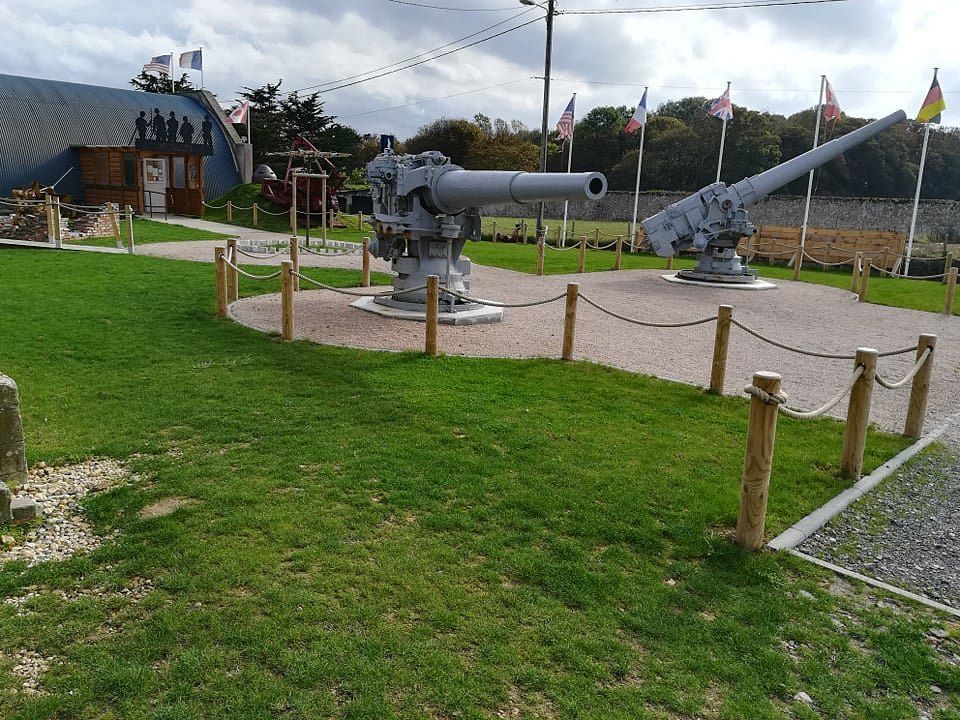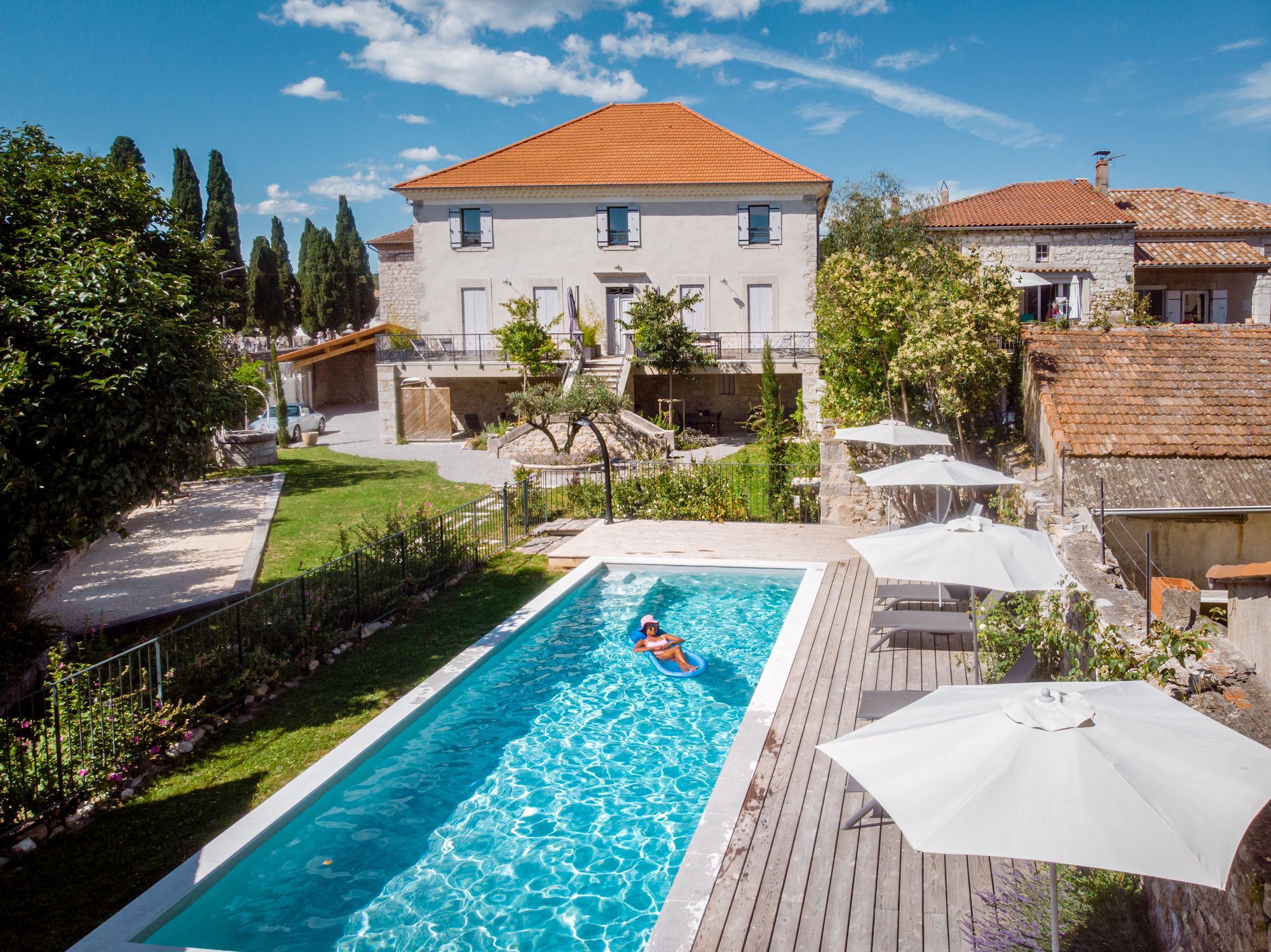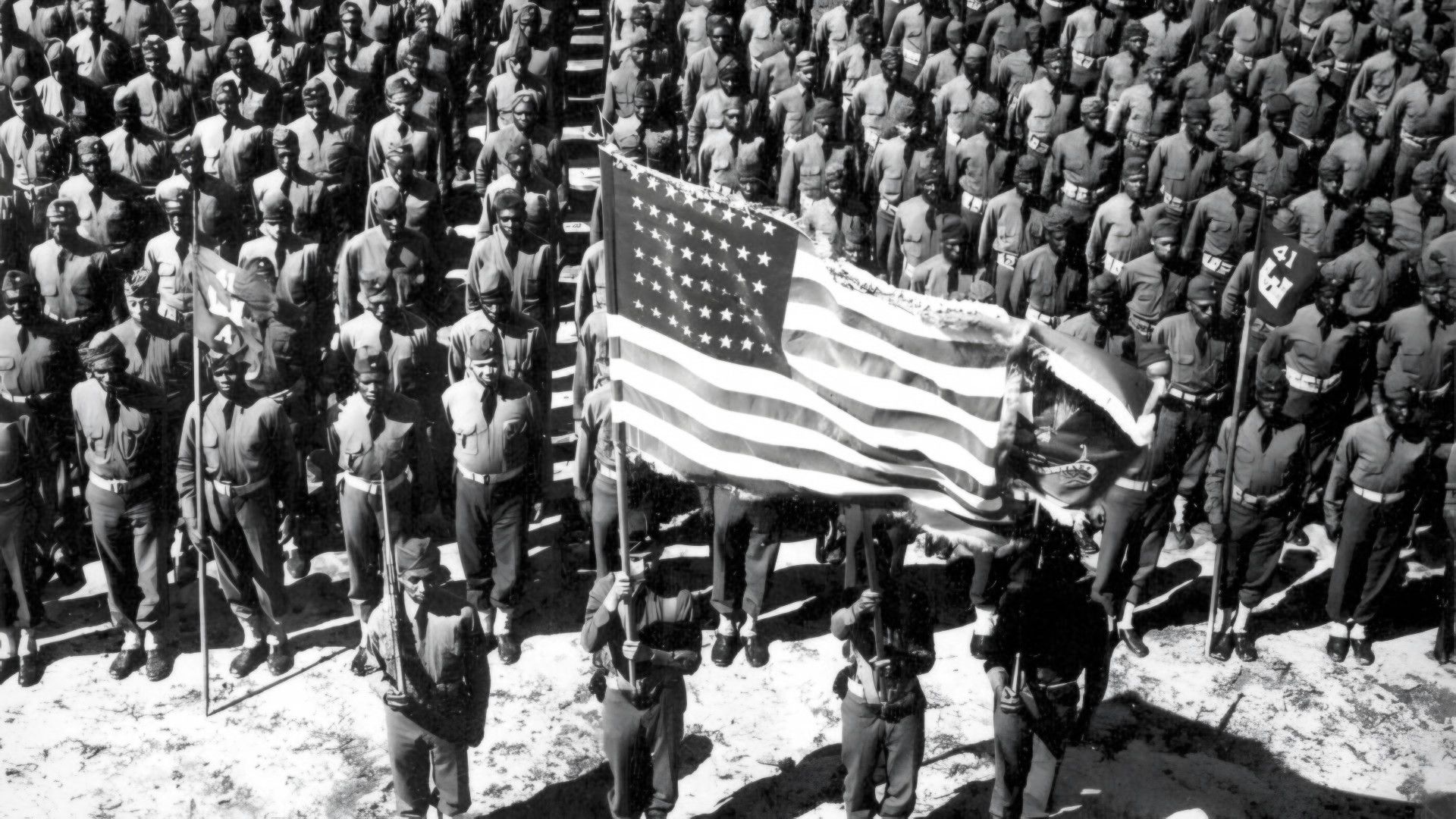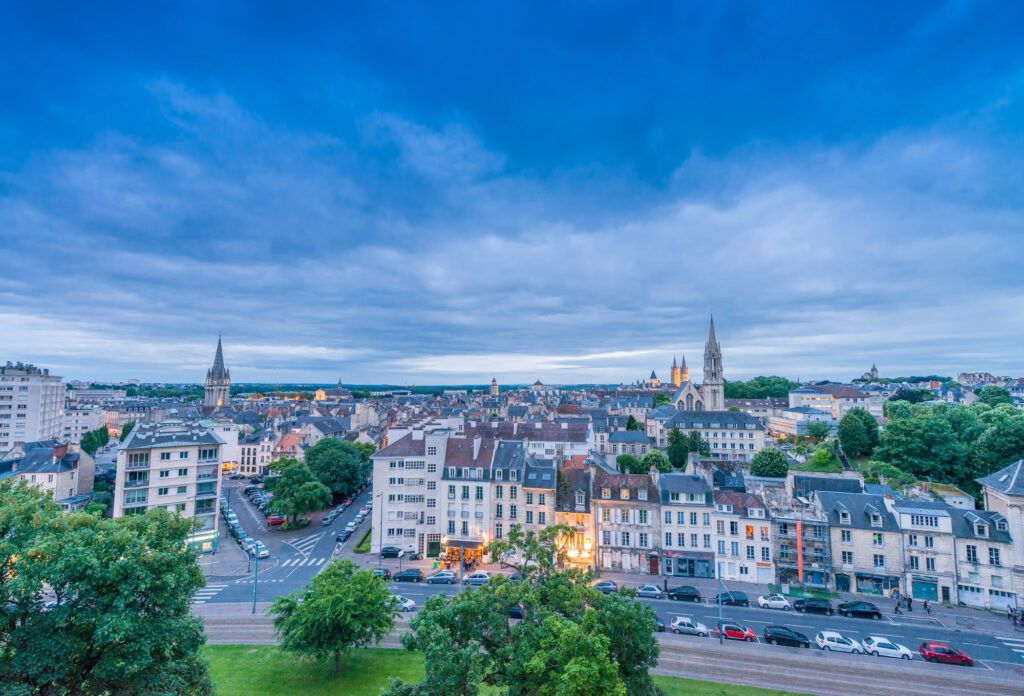Normandy’s got that early summer magic—history, scenery, and just enough buzz to feel alive without the crowds. This week’s lineup? It’s a mix: culture, outdoor fun, good food, and plenty of surprises tucked between the big sights and the little local secrets. Popular attractions are open, the weather’s about right, and you won’t be elbow-to-elbow with tourists.
From the D-Day beaches to tiny medieval towns and apple orchards, Normandy’s all about real French experiences. This week’s events highlight the region’s deep roots and modern energy, so whether you’re into history, food, or just soaking up the landscape, you’ll find plenty to keep you busy.
1) Visit the D-Day Beaches and explore WWII memorials
With the 81st D-Day anniversary just behind us, now’s a great time to walk Normandy’s WWII sites. The landing beaches from June 6, 1944, still feel heavy with history.
Start at Utah Beach, where American troops landed. The museum sits right on the sand and takes you from planning to victory through a series of exhibits.
The Airborne Museum in Sainte-Mère-Église is close by, near the church where John Steele famously dangled from the steeple. It’s dedicated to the 82nd and 101st Airborne Divisions.
For a broader view, check out the Caen Memorial Museum. Locals and visitors alike consider it one of France’s top WWII museums, with plenty of context for the Normandy campaign.
Sword Beach, in the British sector, stretches for 8 kilometers. Franco-British Commandos landed here, and the memorials nearby are quiet spots for reflection.
Crowds thin out after June 6, so you’ll have more space and time to take it in.
2) Tour the Abbaye du Mont-Saint-Michel
Mont-Saint-Michel is probably Normandy’s most famous sight, and this week’s a good time to go. The abbey, perched high on its tidal island, cuts a dramatic figure against the sky.
You can grab free visit documents at the reception—handy guides in 13 languages, including English, so you won’t get lost or miss the highlights.
In 2023, Condé Nast Traveler put Mont-Saint-Michel on its Seven Wonders of the World list, praising both the architecture and the wild setting.
The whole site—village, bridge, walkways—is open 24/7, so you can fit your visit around other plans.
If you’re hungry after the tour, choose your restaurant with care. Some places are great, others are just there for the tourist foot traffic.
The abbey sometimes hosts guided events and special activities, so check at the entrance for what’s on this week.
3) Attend local festivals celebrating Norman traditions
June is festival season in Normandy, and you’re catching it right after the D-Day commemorations.
Les Andelys hosts the Medieval Days festival, where you’ll see craftspeople showing off old skills and folks dressed up in period outfits.
On the coast, towns keep the maritime festivals going. Expect boat parades, sea shanties, and a lot of seafood. Fécamp’s Summer Festival is a highlight, mixing music and maritime traditions beneath the cliffs.
Food is at the heart of Norman culture. Local markets turn festive, and you can sample cheese, cider, and calvados straight from the makers.
The smallest village festivals often feel the most genuine—think folk dancing, fiddles, accordions, and old-school games.
Most festivals welcome families, but parking can fill up fast, so it’s smart to arrive early.
4) Explore La Cité de la Mer maritime museum in Cherbourg
In Cherbourg’s old transatlantic terminal, La Cité de la Mer takes you deep into ocean exploration. The Art Deco building alone is worth a look, but inside, you’ll find six exhibition areas that have drawn over 4 million visitors.
The aquarium complex features marine life from the ocean’s darkest depths. Interactive exhibits dig into maritime history and the tech behind undersea exploration.
One of the best parts? You can walk through a retired submarine and see what life was like for the crew—tight quarters, lots of buttons.
On June 14, 2025, the museum hosts a special electro music show with Bob Sinclar, Mosimann, Trinix, and Chris Willsman. The old terminal turns into a modern party space for the night.
La Cité de la Mer was voted France’s favorite monument in 2022. Plan for 3-4 hours here—it’s a great rainy day option.
5) Discover the charming medieval towns like Bayeux
Normandy’s medieval towns are a cool escape from the summer sun. Bayeux, in particular, stands out as a medieval gem that somehow dodged WWII bombings.
The Bayeux Tapestry is the star attraction—an 11th-century, 70-meter-long masterpiece that tells the story of William the Conqueror in a kind of medieval comic strip.
Stroll through Bayeux’s old town, where the Aure river winds past half-timbered houses. Unlike many Norman towns, Bayeux came through WWII unscathed, so its historic charm feels intact.
This week, catch the Bayeux Medieval Festival, with costumes, crafts, and traditional food.
If you’re up for a short drive, Port-en-Bessin-Huppain is just 15 minutes away. It’s Normandy’s first artisanal fishing port and a great spot for seafood, especially scallops.
6) Taste authentic Normandy cider and Calvados
The apple orchards in Normandy start looking their best in June. The region’s famous for cider and Calvados, and you’ll find both everywhere.
Drive or bike the Normandy Cider Route, a 40-kilometer loop through rolling countryside and old farmhouses.
Family-run farms along the way offer tastings—sweet (doux) and dry (brut) ciders, with brut usually at 4-5% alcohol.
If you want something stronger, try Calvados, the local apple brandy, double-distilled and packed with Norman tradition.
Start in Pont-l’Évêque, a town with cozy shops like La Dégusterie, where you can pair cider with regional cheeses.
The Desvoye Cider and Calvados producer in St. Aubin Lebizay is worth a stop. Their family’s stuck to the old ways for generations.
7) Walk the stunning cliffs of Étretat
The white chalk cliffs of Étretat are just stunning—no other way to put it. Walk the coastal paths for sweeping views of the English Channel.
Start at the pebble beach and take in the Falaise d’Aval, the famous natural arch. Monet painted it a bunch of times, and you’ll see why.
Follow the Customs Officers’ Path along the cliffs. Some parts are a bit steep, so bring good shoes, but it’s doable for most.
You’ll hit several viewpoints, including the Falaise d’Amont. The photos practically take themselves—white cliffs, blue sea, dramatic skies.
Give yourself at least two hours for the Falaises d’Étretat. Mornings are usually clearer, but if you catch sunset, the cliffs glow gold.
It gets busy later in the day, so going early means more space to breathe. Maybe throw a bottle of water and a snack in your bag—there’s not much up top.
8) Visit the Musée des Beaux-Arts de Rouen for Impressionist art
The Musée des Beaux-Arts de Rouen is a must for art lovers. Their Galerie Impressionniste is packed with works from the movement that drew so much inspiration from Normandy.
Right now, you can catch David Hockney’s Normandism, running until September 22, 2025. His new Normandy landscapes sit alongside the classics.
You’ll find works by Renoir and Caillebotte, offering a solid overview of Impressionism. As you move through the galleries, you really start to see how these artists shaped modern art.
The museum’s open 10 a.m. to 6 p.m., with free entry to some sections. The building itself, right in central Rouen, is worth a look.
Caravaggio fans, take note: a few of his paintings are here too, so there’s something for everyone.
9) Experience guided tours of the Battle of Normandy sites
With the D-Day anniversary just passed, June’s the time to visit the landing beaches and battlefields. Several top-rated companies run tours that bring 1944 to life with stories and firsthand details.
Normandy Battle Tours has been at it for decades, and their guides get rave reviews.
The Airborne Museum in Sainte-Mère-Église gives you a close look at the American paratroopers who landed early on D-Day. It’s right by the church where John Steele got caught on the steeple.
Most tours stop at Omaha Beach and other American landing sites. Small group tours (about 8 people) make for a more personal experience and give you time to really take in each place.
Look for tours that spend at least an hour at each site—you’ll want time to walk around and let it all sink in.
10) Enjoy fresh seafood in coastal towns like Honfleur
Normandy’s coastal towns serve up some of the freshest seafood you’ll ever taste, and Honfleur really stands out. This old port keeps its medieval charm, but you’ll notice it’s still a bustling fishing hub.
Every morning, fishing boats dock in Honfleur’s scenic harbor, unloading the day’s catch. You can wander along the waterfront, where vendors set out steaming pots of oysters, mussels, sea bass, and salmon. It’s a feast for your senses—salty air, the clatter of boats, and the smell of fresh seafood.
Around Place Sainte-Catherine, restaurants serve up the catch of the day in classic Norman style. Côté Resto is a local favorite, known for plating seafood with a bit of flair and freshness that’s hard to beat.
If oysters are your thing, Normandy’s coastline has plenty of excellent spots to slurp them right by the sea. The mineral-rich waters of the English Channel give these oysters a briny, unforgettable flavor.
Looking for something more laid-back? Granville, over in the Mont-Saint-Michel bay area, is a great place to chill with super-fresh seafood and harbor views. It’s not as crowded, and the vibe is relaxed—just what you want after a day of exploring.
Essential Travel Tips for Visiting Normandy in June
Normandy in June has those long days and mild temperatures everyone raves about, but you’ll want to prep for the region’s moody weather and the crowds that start rolling in.
Weather and Packing Recommendations
Expect June temps to bounce between 12-22°C (54-72°F), and you’ll get loads of daylight—sometimes up to 16 hours. Still, the weather can flip quickly, especially along the coast. Wind off the Channel can make evenings feel chillier than you’d expect inland.
A lightweight waterproof jacket? Absolutely necessary. June usually brings 8-10 rainy days, sometimes out of nowhere. And don’t even think about skipping comfy walking shoes if you plan to hit the historic sites and beaches.
Here’s a quick packing list:
- Sunscreen and a hat (the UV index jumps in June)
- Adapter plugs (France uses Type E outlets)
- Light sweaters for those surprise cold snaps at night
- A small umbrella—trust me, you’ll thank yourself
The D-Day beaches and other coastal spots can get seriously windy, so toss in a windbreaker, even if the sun’s out.
Local Transportation Insights
Renting a car gives you the freedom to roam Normandy’s countryside and coastal towns at your pace. Major rental companies run out of Caen and Deauville airports, with June prices averaging €40-60 a day.
Public transport works well between big towns—TER trains link Caen, Rouen, Cherbourg, and others, usually for €10-25 per trip. But once you get rural, buses (Nomad Normandie) don’t run often, especially on weekends. You can buy bus tickets from the driver (€2-6 each ride).
More folks are giving cycling a try these days, and the Véloroute offers some beautiful coastal rides. Bike rentals in bigger towns cost about €15-25 per day.
If you’re visiting D-Day sites without a car, guided tours (€60-90) are a smart move. Public transport doesn’t reach every memorial, and you’ll get more context from a local guide anyway.
Current Event Highlights
The D-Day Anniversary (June 6th) kicks off a wave of commemorations—think military parades, reenactments, and memorials in coastal towns like Arromanches and Sainte-Mère-Église. It’s moving, crowded, and worth experiencing if you’re around.
Monet’s Garden in Giverny really comes alive in June. On Fridays, they keep it open late (until 8:30pm). Buy tickets online (€11) unless you enjoy waiting in line for an hour or two.
Foodies, take note—June brings some tasty festivals:
- Strawberry Festival (Créances): June 9-10, 2025
- Normandy Cheese Fair (Livarot): June 13-15, 2025
- Cider Route tastings (Pays d’Auge): Weekends all month
The Mont Saint-Michel Abbey sees crazy-high tides June 11-13, 2025. It’s a wild sight, but you’ll want to arrive before 9am or risk getting lost in the crowds.
Navigating Normandy’s Cultural Calendar
Getting a feel for local customs and timing your trip with regional celebrations can turn a good Normandy visit into a great one. That first week of June? It’s a big deal here.
Must-Know Local Customs
Start every conversation with a “Bonjour”—it’s a small thing, but people notice. Locals appreciate it, and you’ll get warmer responses.
Mealtimes are pretty set. Lunch is from 12 to 2pm, dinner from 7:30 to 9:30pm. Most restaurants close outside those hours, so don’t show up expecting a late lunch at 3pm.
Normandy takes pride in its cider and calvados—bring a bottle if you’re invited to someone’s home. It’s a thoughtful gesture.
Tipping isn’t required since service is included, but if someone goes above and beyond, rounding up or leaving a couple euros is always appreciated.
Planning Around Regional Festivals
This week, D-Day commemorations take center stage as June 6 rolls around—the anniversary of the Allied landings. The D-Day Festival Normandy keeps things lively through the weekend with ceremonies, historical reenactments, and concerts scattered along the landing beaches.
All over the region, small towns throw medieval celebrations at this time of year. Les Andelys’ Medieval Days runs through Sunday, complete with period costumes, craft demos, and plenty of traditional food. Honestly, it’s a feast for the senses—maybe even a bit overwhelming, but in a good way.
If you’re into art, Giverny’s Monet Garden has special extended hours this week. You can wander the grounds in the evening, just as the light hits the water lilies Monet loved to paint. There’s something about that golden hour—maybe it’s cliché, but it’s hard not to get swept up in it.
You might want to grab a Normandy Pass at one of the local tourist offices. It’ll get you discounts at a bunch of events and attractions, especially handy with all these festivals happening.

